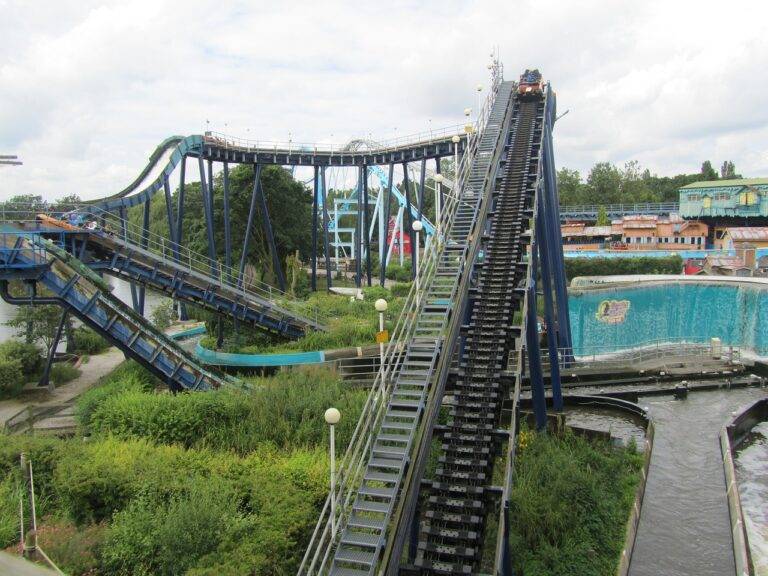Investigating the Rise of Short-form Entertainment Content
Over the past decade, the way we consume content has undergone a significant transformation. With the rise of digital platforms and streaming services, traditional media like television and newspapers have had to adapt to meet the changing demands of audiences. This shift has led to a more on-demand culture, where viewers have the ability to choose what, when, and where they consume their content.
In addition to the shift towards on-demand viewing, the evolution of content consumption has also been shaped by the increasing importance of mobile devices. Smartphones and tablets have become primary mediums for accessing content, offering viewers the flexibility to watch shows, listen to podcasts, and read articles on the go. As a result, content creators and distributors have had to optimize their offerings for mobile viewing, ensuring a seamless and engaging experience for users regardless of the device they are using.
The Impact of Technology on Viewing Habits
In the modern age, technology has revolutionized the way we consume content, profoundly altering our viewing habits. The emergence of streaming services has provided audiences with the flexibility to watch their favorite shows and movies anytime, anywhere. This convenience has led to a shift away from traditional television broadcasting schedules, allowing viewers to tailor their viewing experience to their own preferences.
Moreover, the integration of smart devices and smart TVs has further transformed how we engage with content. With the ability to access a plethora of entertainment options at our fingertips, viewers are no longer bound by the constraints of traditional media platforms. This has not only expanded the range of content available but has also fostered a culture of binge-watching, where entire seasons of shows can be consumed in one sitting.
How has technology changed the way we consume content?
Technology has revolutionized the way we consume content by providing more options for viewing, such as streaming services and on-demand programming.
What are some examples of how technology has influenced viewing habits?
Technology has led to the decline of traditional cable TV in favor of streaming services like Netflix, Hulu, and Amazon Prime. It has also made it easier for viewers to watch content on the go using mobile devices.
How has the evolution of content consumption impacted the entertainment industry?
The evolution of content consumption has forced the entertainment industry to adapt to new ways of reaching audiences. This has led to the rise of original content produced by streaming services and a shift towards personalized recommendations for viewers.
What are some potential drawbacks of technology on viewing habits?
One potential drawback is the overwhelming amount of content available, which can make it difficult for viewers to decide what to watch. Additionally, technology has raised concerns about privacy and data collection in relation to targeted advertising.
How can individuals make the most of technology in their viewing habits?
Individuals can make the most of technology in their viewing habits by exploring a variety of streaming services to find content that suits their preferences. They can also use features like personalized recommendations to discover new shows and movies.





